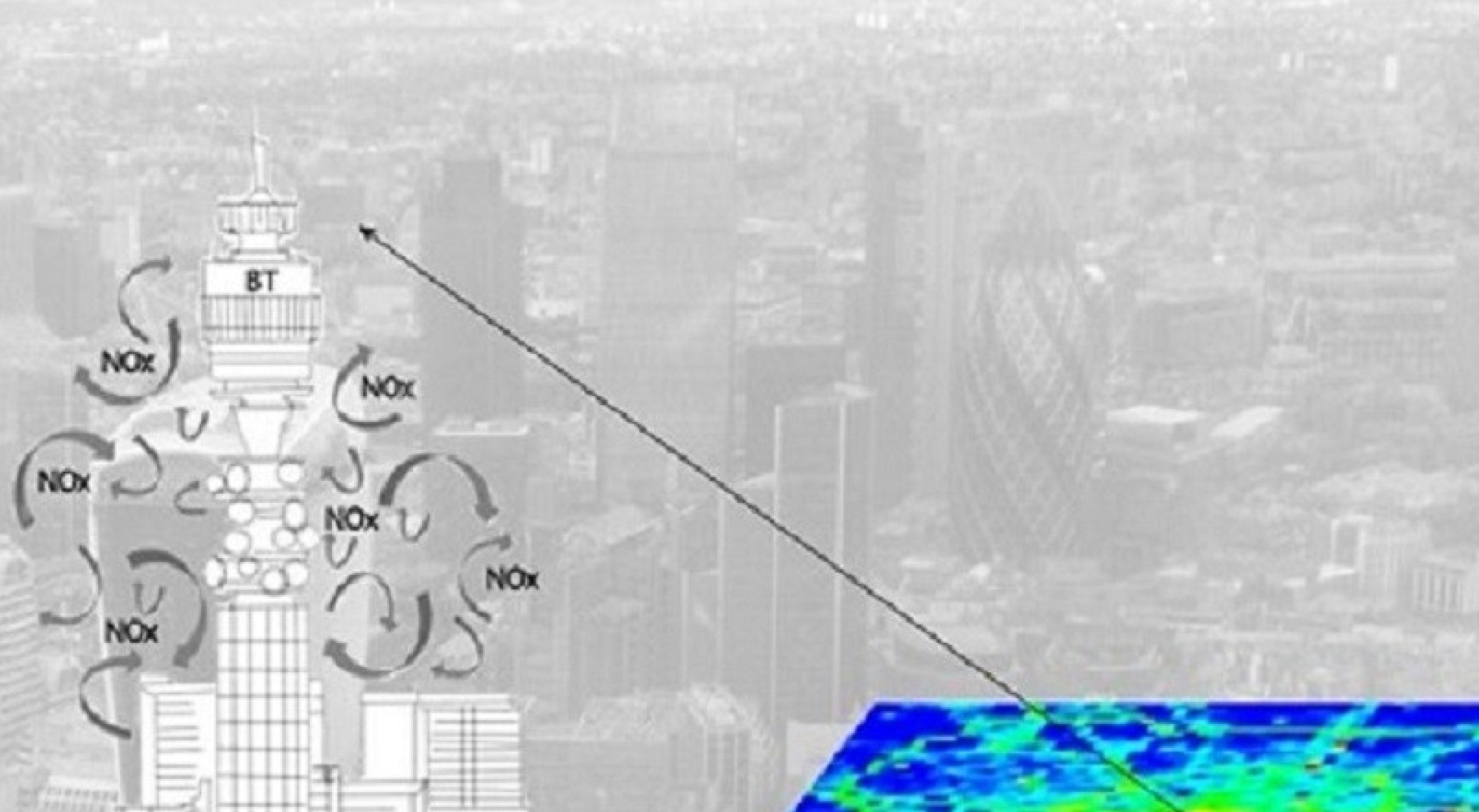
"Poor air quality is the largest environmental risk to Public Health in the UK" (DEFRA, 2017) and is consequently a focus of a range of regional and national policy interventions. However, since our transport systems, the way we heat our homes, our energy supply, our use of solvents and our agricultural systems are all changing, we know that profound changes in emissions and trends in air pollutants are likely in the coming years and indeed are already taking place. We need to understand our changing atmospheric composition, to ensure air quality policy has maximum benefit for the protection of human and environmental health. The Clean Air: Analysis and Solutions Programme identifies the need for new capability to predict future changes in the sources, emissions and atmospheric processes responsible for air pollution.
The OSCA project addresses this need through a multidisciplinary research activity, combining state-of-the-science atmospheric observations, laboratory studies, new data processing tools and integrated scientific synthesis to deliver new understanding of urban air pollution.
OSCA will:-
Deliver improved quantification of emissions, combining lab measurements of brake & tyre wear sources, and measurements of the total fluxes of particulate matter (PM) and nitrogen dioxide (NO2) from the BT Tower in London. Non-exhaust emissions comprise up to 70% of traffic-derived PM10, are poorly quantified, and whose relative importance will increase with UK fleet decarbonisation. Real-world emission measurements underpin air quality predictions and avoid dependence upon manufacturer data and provide a definitive, state-of-the-science assessment of UK urban air quality through exploitation of the new RCUK-funded urban air quality Supersites in London, Birmingham and Manchester to deliver comprehensive, continuous and long-term measurements of atmospheric composition.
These data will characterise the changing UK pollution climate, identify subtle emission trends during implementation of regional air quality policies, and provide a key resource for evaluation of ongoing trends.
- Develop new mathematical analyses to identify emergent trends / responses to policies and apply these along side established methods to address key science uncertainties e.g to assess the trends and changing sources of NO2; to provide definitive quantification of the contributions of non-exhaust traffic, woodsmoke and cooking activities to PM; to identify trends in and contributions to ammonia emissions; to identify changes VOC emissions - precursors to ozone formation.
- Provide data and infrastructure to underpin the wider Clean Air Programme, including development and deployment of novel sensor networks (QUANT); data to validate models and health effect calculations (InSPIRE and DREaM); insight into air quality response to policy initiatives (ANTICIPATE); sensor testing and pollutant source identification (APEx).
- Enable community mobilisation through intensive field campaigns, targeted at understanding the changing gas-phase reactivity climate of the UK atmosphere (which governs production of secondary PM and ozone), and the sources and chemical composition of atmospheric aerosols. OSCA findings will support policymakers through a range of established relationships the PIs already maintain.
These include engagements within the supersite host cities, and links to relevant national bodies, including Defra, DfT, DoH, PHE and the EA. The OSCA deliverables provide important new data and novel scientific approaches central to the assessment of future changes in the sources, emissions and atmospheric processes governing air pollution in the UK - the core of WP1 of the Clean Air programme.
OSCA is fully embedded into the wider programme, informing policy decisions, monitoring the impacts of decisions, and feeding public health research and outcomes.
ERG PI: Dr David Green
Social media
Keep up to date by following us on our social channels
Twitter: ERGImperial | YouTube: Environmental Research Group


